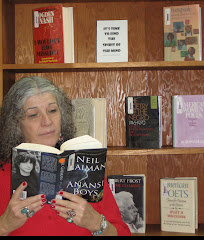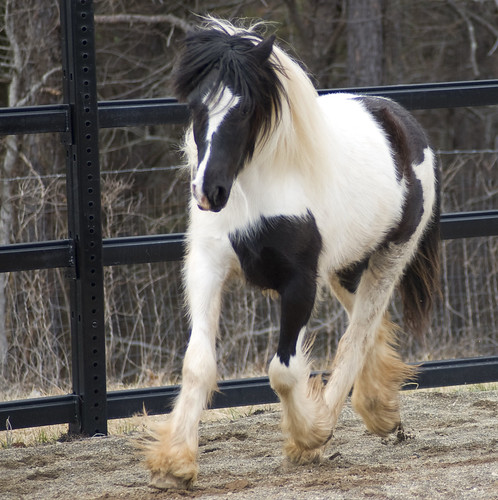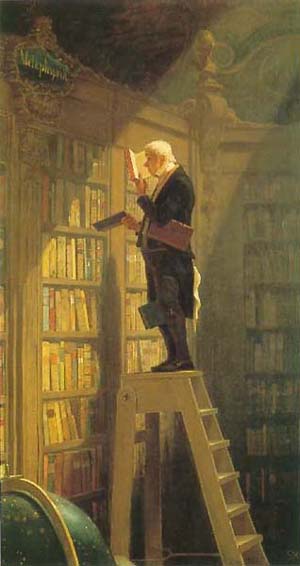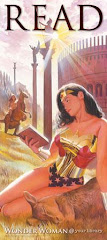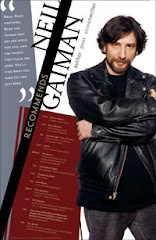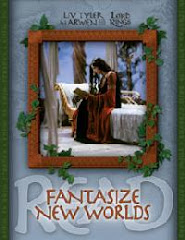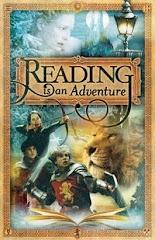
This book was recommended to me by a Shelfari friend in the Netherlands and I decided to get a copy inter-library loan and check it out. It's actually a Young Adult book that is a fast paced adventure story that delves into the world of spirits and mysticism.
When I read about the author, Michelle Paver, it said she had dreamed about running with the wild wolves in the prehistoric forest since the age of ten. Writing this book series, The Chronicles of Ancient Darkness (of which Wolf Brother is Book 1), was a way for her to fulfill this dream. To research the book she traveled through the forests of northern Finland and Lapland, slept on reindeer skins, ate lichens, forest berries, and pine resin (Stone Age chewing gum), and peered into the mouth of a very large brown bear. My kind of author.
Obviously this kind of research lends great authenticity to the writing. When young Torak witnesses the death of his father by a giant demon possessed bear, he and a wolf-cub he picks up along the way and uses for a guide set out to defeat this bear. They journey through deep forests and across giant glaciers to find their way to the mountain of the World Spirit. His journey is part of a preordained prophecy that tells about the "Listener" who will rid the forest of the bear by delivering three lost artifacts to the mountain. The author's knowledge of the animals, trees, rocks, and plants of the forest interwoven in this adventure tale really brings the story to life. I liked this book enough that it makes me want to continue on in the series, and that's the whole point isn't it?















